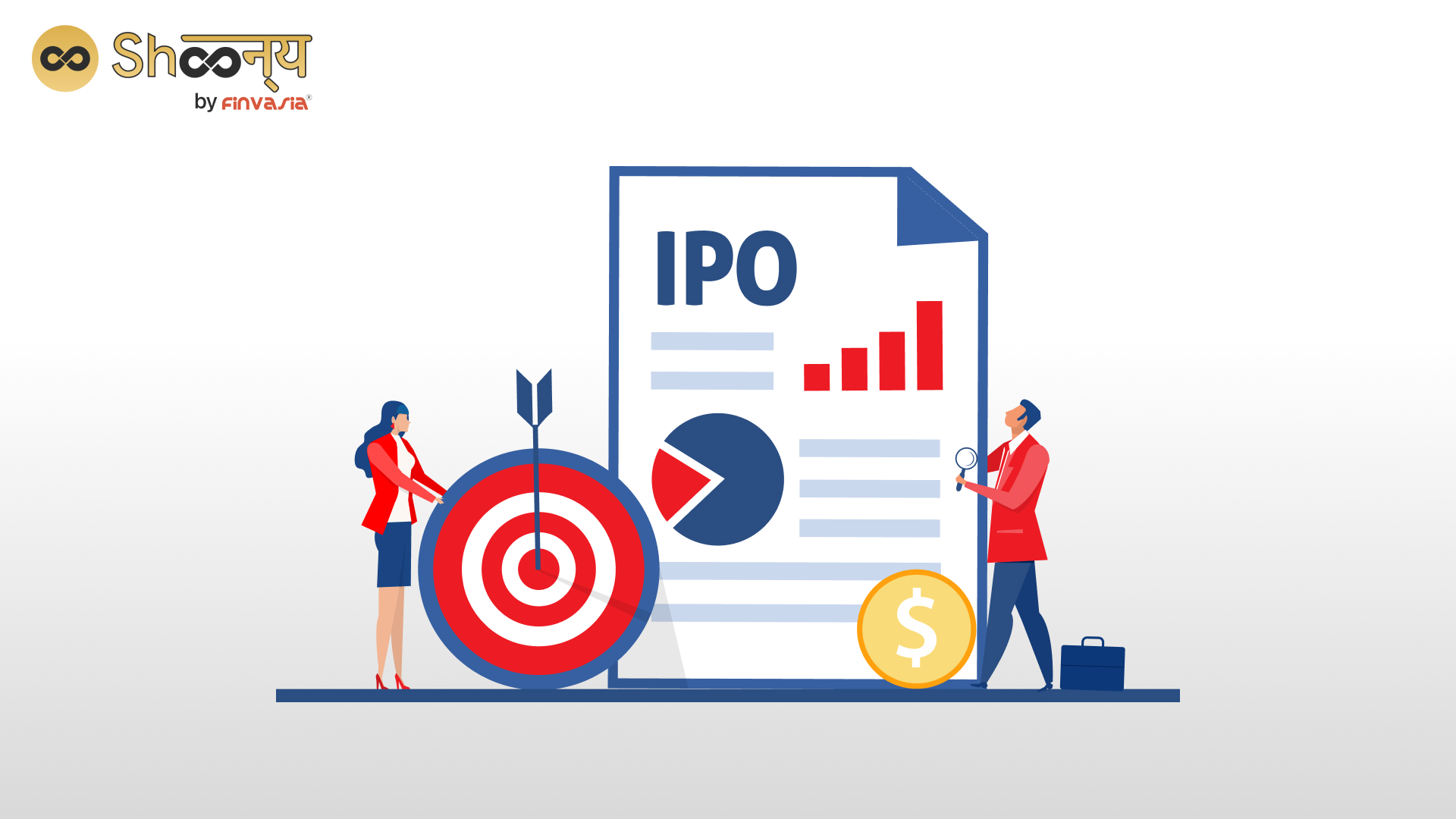IPO Listing Price Impact Factors

Who decides the listing price, and what factors influence it? In this article, we will look into the details of the IPO listing price and what investors should expect about this listing price.
What is listing?
An initial public offering (IPO) is when a privately held company sells shares of stock to the public for the first time. The listing of the stock on a stock exchange is the final step in the process and it is when the shares can be bought and sold by the general public. The listing also makes the company subject to increased regulatory oversight and public disclosure requirements. The stock listing is also a way for the company to raise capital and for early investors and company insiders to cash out their investments.
How Is Listing Price Calculated?
Let us now shed some light on the various factors influencing the IPO listing.
1. Demand
The market demand for the company and the IPO determines the listing prices of an IPO. The listing price increases in direct proportion to demand. The sector, the growth potential, and the anticipated valuation are just a few of the variables influencing the demand for the IPO.
If there is greater demand for the IPO, it will be oversubscribed, and fewer investors will receive allocations. Due to the increased demand, this will lead to higher listing prices as more and more people trade it on the secondary market.
Therefore, big listing prices and, consequently, great listing gains might emerge from strong demand and low supply, and vice versa.
2. Growth Prospects of the Company
The corporations develop an IPO with various goals, such as paying off debts or investing in operating expenses. Now, this also has an impact on how an IPO is listed. Retail investors will be interested in investing in a company if it has plans and goals for growing and extending its business.
As a result, there will be more orders, which will raise demand and drive up the listing price.
3. Market Sentiments
Retail investors are crucial in determining an IPO’s performance and, consequently, its listing price. As a result, investor interest significantly impacts market sentiment, which in turn influences how much a company will list for.
The market emotions might also be affected by a peer comparison analysis. A good sign is when investors become engaged and the market shows strength. However, there are greater odds that the IPO listing price won’t be as favourable if there is little interest.
These are the different elements that significantly influence an IPO’s listing price. Therefore, you should always watch for these aspects when choosing an IPO.








